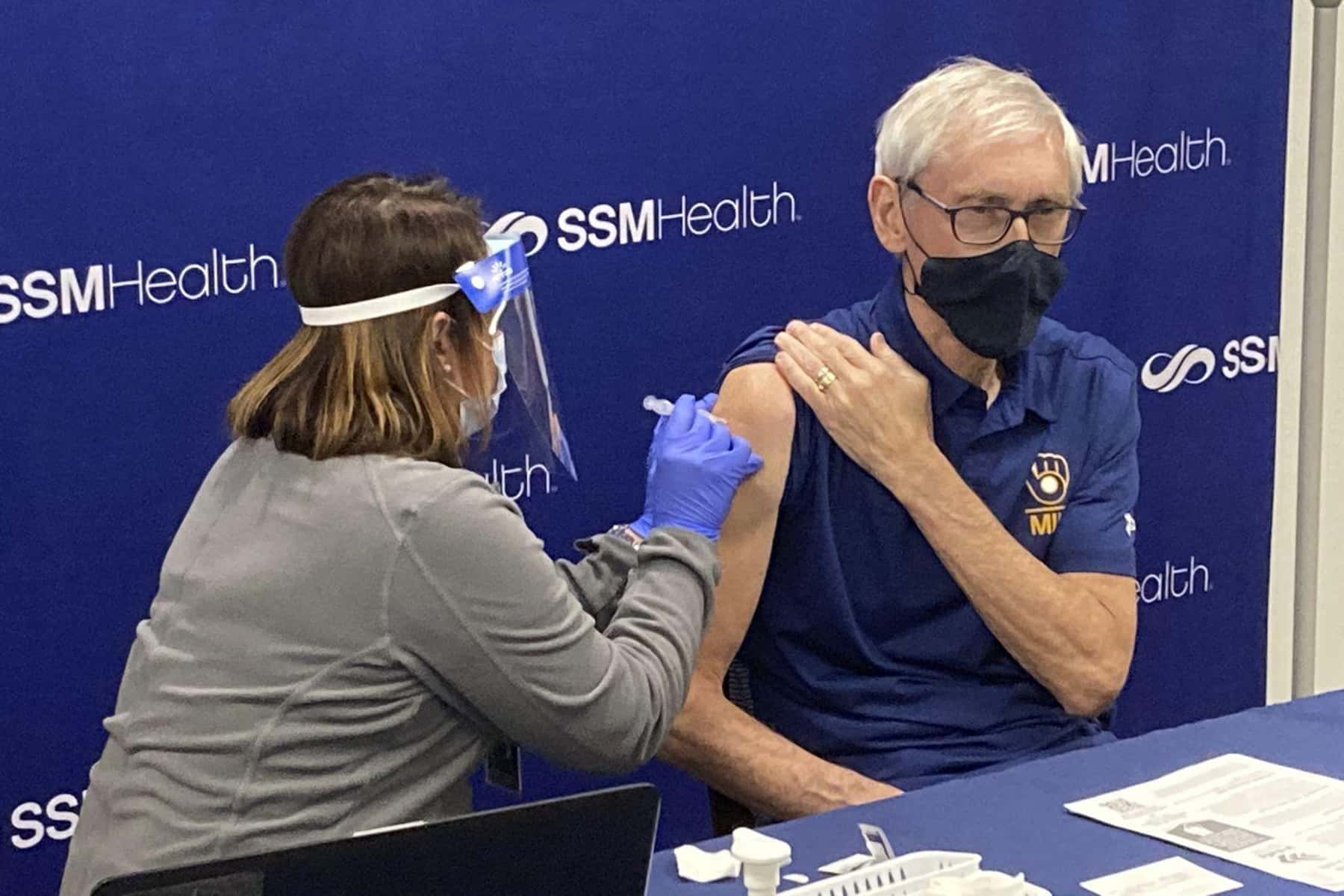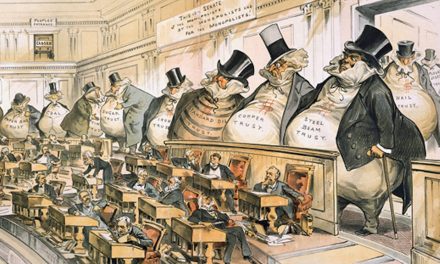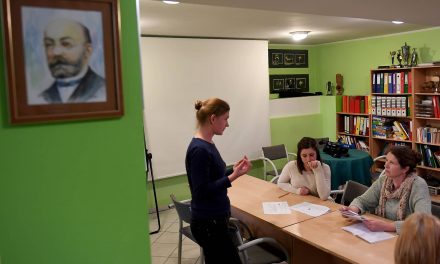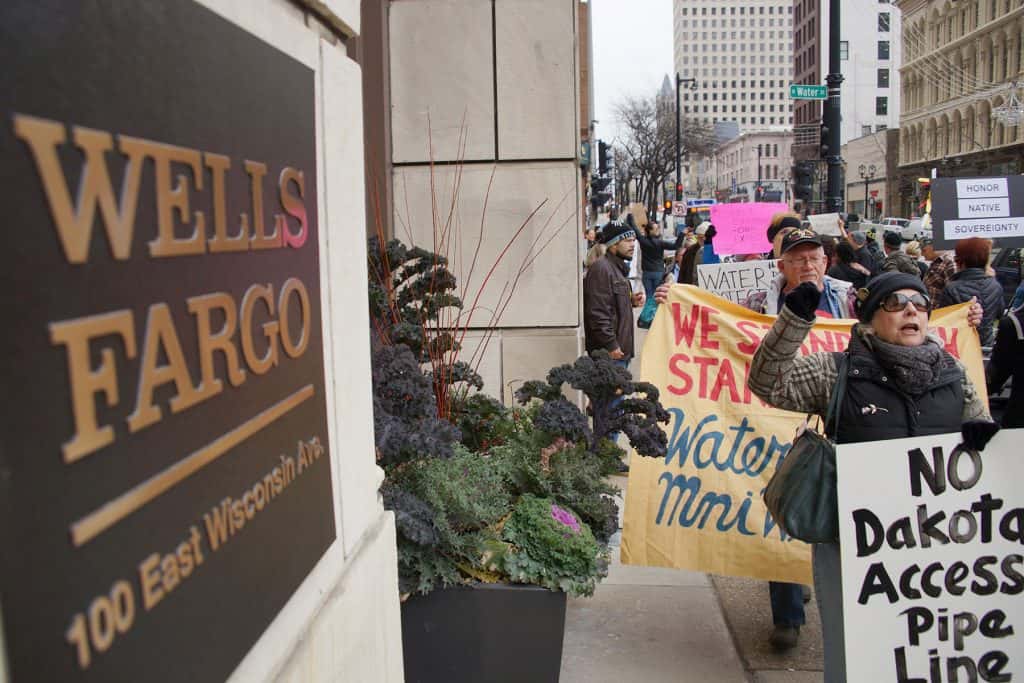
The fight against the coronavirus hit a milestone in the United States when the Biden administration announcing more than half of adult Americans are now fully vaccinated. But big issues remain and perhaps few states illustrate the struggles ahead better than Wisconsin.
Vaccination rates in Wisconsin vary widely between rural and urban areas and political, religious and racial divides – a pattern that mirrors the divide across the nation. The state is almost evenly divided, with 47% of its population vaccinated with at least one dose of the vaccine, according to data from the Wisconsin department of health. That places the state in the middle of the nation – lower than Vermont, where 70% of people have received at least one dose, but higher than Mississippi, where only 34% of the population has received one dose.
But even within Wisconsin rates vary widely between urban and rural counties. In the progressive stronghold of Dane County – home to the University of Wisconsin-Madison – more than 65% of the population has received one dose. In the state’s rural north, Taylor County has vaccinated only 23.5% of the population, state data shows.
It is a trend seen nationwide. In Wyoming, which has among the lowest vaccination rates, one health official asked the state to stop sending doses – their freezer was already full of unused vials. One Pennsylvania hospital set up a drive-through clinic stocked with 1,000 vaccine doses; only 300 people showed up.
Vaccine availability once posed the biggest barrier to immunization. But as availability increased, demand plateaued. Now, healthcare professionals are strategizing ways to reach those who haven’t yet been vaccinated but remain open to it.
“Most of our rural residents have the information they need about where and when to get vaccinated. So this is no longer primarily an issue about access to the vaccine. It truly is an issue of what is commonly called vaccine hesitancy,” said Tim Size, executive director of the Rural Wisconsin Health Cooperative, a network of 43 rural hospitals.
“I’m not talking about those who just say hell will freeze over before they get the vaccine. That’s not where I think any of us probably need to spend our energy because it’s unlikely to get much traction. I’m talking about the number of people who are communicating that they’re not quite ready yet, but with more information and conversation, they may get there.”
A report by the Kaiser Family Foundation, published in April, found that the percentage of adults who have gotten vaccinated or plan to do so inched up from previous months, even among Republicans, who have been slower to embrace vaccines. Still, 20% of Republicans said they would “definitely not” get a vaccine, compared with 4% of Democrats.
Throughout the pandemic, Wisconsin has been deeply divided on its response to the pandemic. Even as infection rates ballooned across the state, with no vaccine in sight, a Republican-led state legislature repeatedly thwarted attempts by the Democratic governor, Tony Evers, to issue mask mandates and limit capacity at bars and restaurants.
Wisconsinites have bifurcated politics, said Mike Wagner, political science professor at the University of Wisconsin-Madison. Rural and Republican Wisconsinites value independence, hard work and feeling respected, but tend to distrust urban centers and government institutions. They are also more likely to live in less information-rich environments, Wagner said, including cities without daily newspapers. This has spilled over into Wisconsinites’ response to the pandemic.
Between autumn and spring, Wagner surveyed 500 adults, asking about their perceptions of vaccine safety, effectiveness and how likely they would be to take it. He found that while Wisconsinites are generally pro-vaccine, rural residents, Republicans and those who believe the election was stolen from Trump were most likely to be skeptical of the vaccine.
“The best predictor of skepticism about vaccines, from our early analyses, is a belief that the election was stolen from President Trump,” Wagner said.
Reactions tend to be strongest when there is a perception of a government mandate, said Size. “There’s a lot of hesitancy when there’s any hint that people may be forced to do something. That makes these people more hesitant, and particularly in areas that politically are more conservative and more cautious about government,” he said.
The state’s lowest vaccination rate belongs to north-central Wisconsin’s Taylor County, where just over a quarter of the population has received one dose of the vaccine. Almost 72% of voters picked Trump in November’s presidential election.
Not everybody who is vaccine-hesitant is driven by political beliefs. In central Wisconsin’s Clark County, just under 26% of the population has received one dose in the second lowest rate in the state. It’s heavily Republican – Trump won 67% of the vote in November. But Clark county is also home to an Amish and Mennonite population of several thousand, groups sometimes referred to as “Plain People” for their choice not to embrace modern dress and technology. Generally, Amish decline vaccines and Mennonites accept only some. Neither has been open to COVID vaccines.
Vaccination appointment slots are going unfilled in Clark County, and medical staff see few walk-ins as demand drops, said Kelsey Wussow, Clark County’s immunization program coordinator.
“Vaccine-hesitant folks may not accept the vaccine, no matter what information we provide or how convenient the vaccine service is made,” Wussow said. “At some point, we will have vaccinated everyone who wants the vaccine. I think we may be at that point in Clark County.”
Vaccine skepticism is not exclusive to any one religion or denomination. Father James Altman, a priest in La Crosse, on the state’s western edge, was recently asked by church leaders to resign after he spread misinformation in a church flyer that warned parishioners not to be anyone’s “guinea pig” for an “experimental” injection. Altman is featured in a video recorded on Palm Sunday in which he decried public health restrictions imposed during the pandemic.
Building trust
Not all of Wisconsin’s rural counties trail urban regions. In Door County, a peninsula that juts into Lake Michigan like a hitchhiker’s thumb, more than 56% of the population has received both doses of the vaccine, the highest rate in the state. Door County is a popular tourist destination, known for its cherries, outdoor getaways and waterfront views. Brian Stephens, president and CEO of Door County medical center, believes its tourist economy may have helped its residents understand early on that getting back to business meant getting vaccinated.
“We run on a tourist economy in Door County and our summers are an important time. And so there was a concerted effort to make sure that we get residents, particularly folks who work in the hospitality industry, vaccinated before visitors start coming up in the summer,” Stephens said.
Staff at the medical center didn’t stand still, either. In March 2020, when Stephens said vaccines were “still a dream,” the center’s chief medical officer and the director of public health began hosting weekly Facebook events to answer questions from the community about COVID. The Facebook sessions continued.
“That format was established and the community came to trust it. We were getting 7,000 views, which is a third to a quarter of our population. So when the information started to come out about the vaccines, that’s what we started to talk about.”
After 100% of clinicians at the center had been vaccinated, every professional signed a joint letter in support of vaccinations and distributed it on social media.
“That was an important piece of this messaging,” said Stephens. “It’s about doctors and healthcare professionals saying, ‘this is what we’re doing and it’s not controversial to us.’”
Brad Burmeister, an emergency physician who works at a hospital in Green Bay and nearby Oconto, said medical staff have focused on increasing access by moving from large vaccination sites like the one held at Lambeau Field – home of the Green Bay Packers – to vaccine clinics at employer sites.
“Some people might work a 12-hour shift, most days of the week, and they’re just not able to get out of work. They can’t schedule an appointment during the typical hours when they’re working all the time. There’s a lot of different ways we can increase access,” Burmeister said.
Like Burmeister, one question all medical professionals interviewed for this story said they were trying to answer is how to more effectively reach Hispanic populations, who lag behind in vaccination rates. That’s particularly important in Green Bay, where early COVID outbreaks hit workers at meatpacking plants, many of them Latinos. In Brown County, where Green Bay is located, only 27% of the Hispanic population has been vaccinated, compared with almost 48% of the non-Hispanic population.
A study by the Kaiser Family Foundation found that misinformation may play a large role in hesitancy among Latinos, including a belief that an ID and social security card is required to get vaccinated in Wisconsin, which isn’t the case.
While combating misinformation is important for all groups, Alison Hanaman, COVID vaccine coordinator at Edgerton hospital and health services in south-eastern Wisconsin, said the most common response she hears when asking why people haven’t been vaccinated is “I just don’t know.”
“That’s where the education piece really comes in,” Hanaman said. “I think it’s important that when we talk to people about getting the vaccine that we don’t try to talk them into it per se, or coerce them into it. Be honest, be open and tell them the facts. Then they can make the decision on their own,” she added.
Mаrіо Kоrаn
Scоtt Bаuеr
Portions originally published on The Guardian as Wisconsin: ground zero of America’s battle against vaccine hesitancy
Help deliver the independent journalism that the world needs, make a contribution of support to The Guardian.














